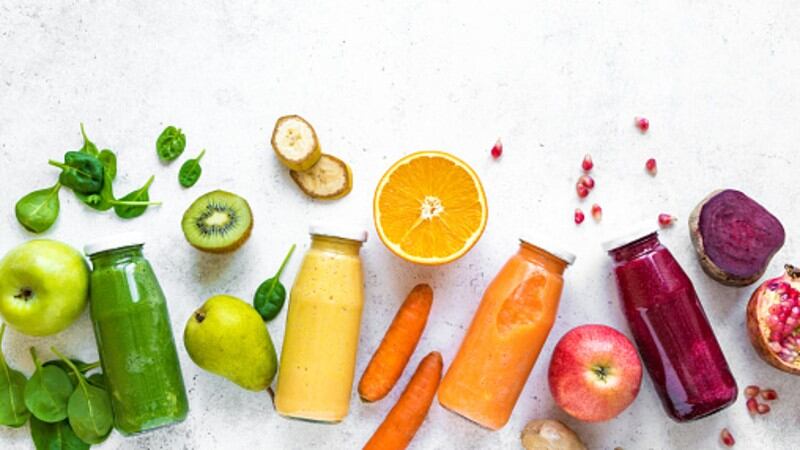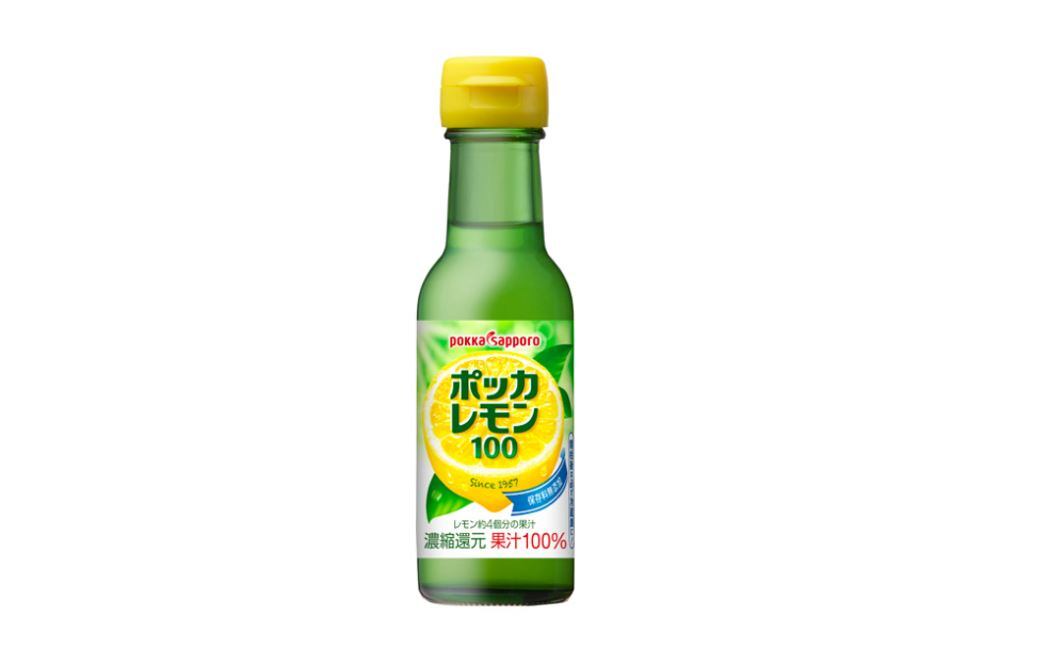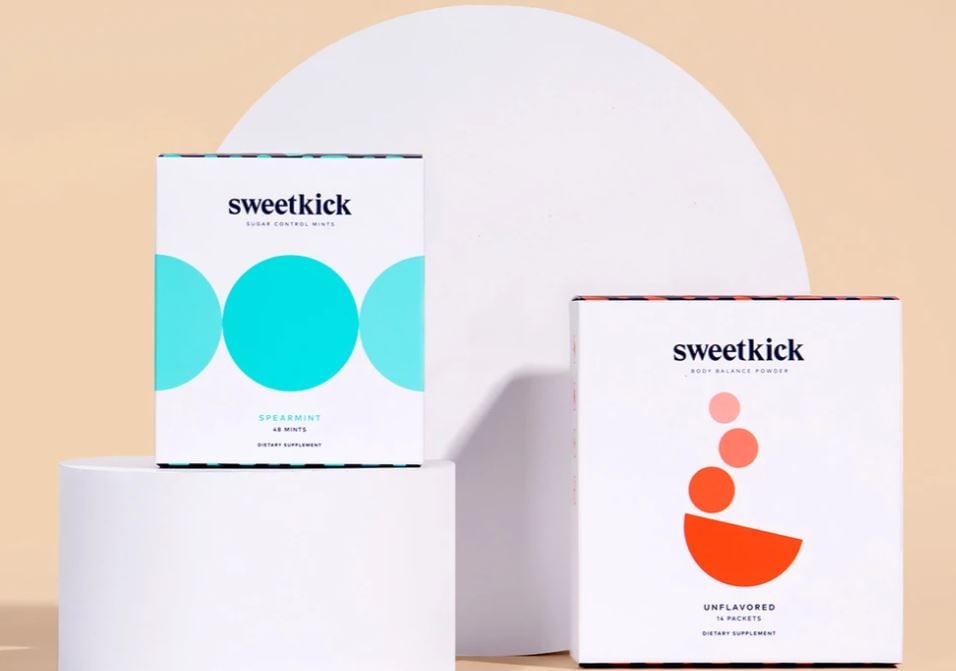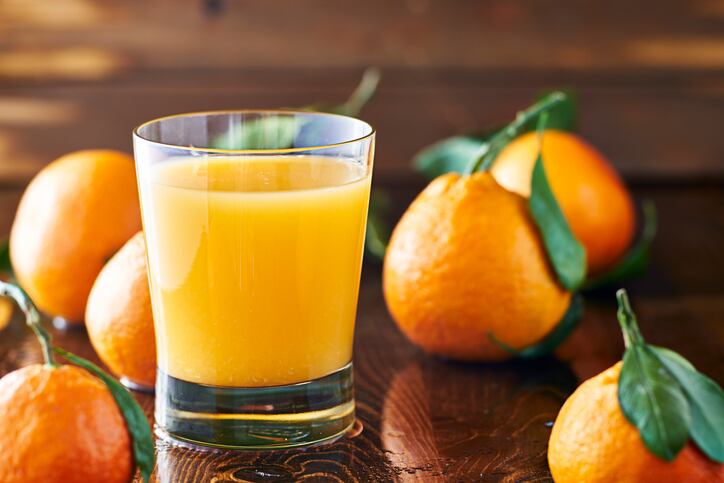Earlier this year, the Australia and New Zealand Ministerial Forum on Food Regulation (Forum) rejected a proposal from the Australian government to retain an automatic five-star Health Star Rating (HSR) score for 100% fresh fruit and vegetable juice (no added sugar) products.
This meant that fruit juices would be assessed based on the same algorithm as all other sugar-sweetened beverages such as sodas despite not having any sugar added, and could be given as low as 2.5 stars based on naturally occurring sugar content.
This led to uproar in the local juice and beverage industries, with Citrus Australia CEO Nathan Hancock saying that this ‘defied all common sense’.
The local fruit industry has been in turmoil for some time since the COVID-19 pandemic outbreak hit due to a loss of external manpower due to lockdown as well as poor weather conditions. The loss of the automatic five star rating would be another nail in the coffin for the already-suffering industry all the way up to juice product manufacturers and/or bottlers.
Possibly the only way to move forward from this slump, short of getting the decision reversed, would be to place emphasis on the health benefits of juice to appeal to consumers, as according to Australian Beverages Council CEO Geoff Parker, most Australians are far from meeting the Recommended Daily Intake (RDI) for fruit and vegetables, and fruit juice is an easy way to increase this.
“Since 2001 the proportion of Australians aged 18 years and over not meeting the RDI for fruit and vegetables has increased significantly, [and only] approximately 5% of Australians consume an adequate usual daily intake of fruit and vegetables as it is,” he told FoodNavigator-Asia.
“It’s really important that juice (no added sugar) remains a part of a balanced diet and healthy lifestyle, as it is an important contributor to a balanced and healthy diet, particularly when too few Australians consume enough fruit to meet their RDI of fruits and vegetables.
“[Consuming] a small glass (125mL) of delicious fruit juice (no added sugar) [is] one of the ways more people can meet their RDI of fruit [quickly and easily, and this should be better reflected. The Australian Dietary Guidelines support fruit juice (no added sugar) as an occasional serve of fruit, [and the Forum’s] decision contradicts this.”
The health benefits, as well as RDI of fruits as per the Australian Dietart Guidelines, could be best conveyed to consumers by being included both on the fruit juice bottle label itself, as well as via promotional campaigns highlighting these advantages.
As the Forum’s decision means that fruit juices will now be judged and likely rated the same or lower than other beverages acknowledged to be less healthy, such as soft drinks, it is even more important to highlight these benefits on-pack in order to distinguish them from the latter.
“The [current] proposed HSR approach makes it more challenging for consumers to distinguish juice products, particularly in settings where multiple products appear alongside each other, such as petrol stations and convenience stores, and supermarkets,” added Parker.
“[But some sort of] distinction is particularly important [especially now] when many Australians do not consume sufficient amounts of fruit and vegetables.”
Playing up immunity-boosting benefits such as high Vitamin C levels in fruit juice would also be a good idea, given that recent trends in the market have seen many consumers are opting to purchase more immunity-boosting foods and beverages in the wake of the COVID-19 outbreak.
Lots of lashback
Industry reaction to the Forum’s decision has been fast and furious, with Hancock calling it out for ‘demonising’ fruit juice and placing it below much unhealthier drinks such as diet sodas.
“Fresh juice has held a 5-Star rating since the HSR was implemented in 2014, but under the revised HSR system as it stands, diet cola would receive 4-stars whereas 100% fresh juice with no added sugar, preservatives or additions would receive 2.5 stars,” he said.
“[This means that] 100% fresh juice would receive less stars than diet cola which contains additives and preservatives and no nutritional benefits – this defies common sense [and] the algorithm that assesses fresh juice on sugar content alone [without considering] essential nutrients, such as Vitamin C, Potassium, Folate and magnesium, or antioxidants [needs relooking].”
Federal Agriculture Minister David Littleproud, who was the Australian government representative that proposed to the Forum to retain the five-star rating, also criticised the decision as ‘an illogical regulation’.
“In all of this, the Forum lost the point of encouraging consumers to make healthy choices [and to get] Australians to eat and drink products that align with Australian Dietary Guidelines. With this latest decision, it is the Food Forum’s star that has fallen,” said Littleproud in a statement.
Parker added that this decision did not bode well not only for juice manufacturers, but also growers and other Australians that made up the juice supply chain.
“The juice industry currently contributes A$800mn (US$577.1mn) to the Australian economy, supporting approximately 5,000 full-time-equivalent jobs. While the industry has faced a number of challenges in recent years, the industry remains a very important part of regional Australia, particularly Queensland, South Australia and New South Wales for citrus, and Victoria and Tasmania for apples and pears,” he told us.
“Many growers and juice processors are small and medium sized businesses which play a major part in their local communities and any change to the HSR that negatively affects juice poses a very real risk to these businesses in an already tough market.”





